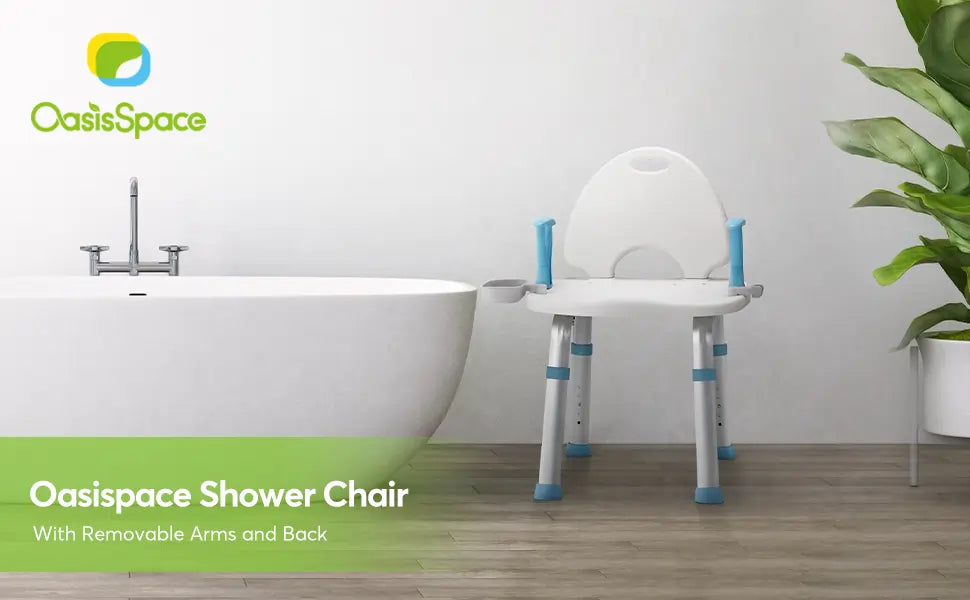
Safety Tips for Seniors Showering
As we get older, daily activities like showering can become more difficult and dangerous. Slippery surfaces, mobility issues, and health conditions can make showering risky for seniors. However, with some simple precautions and adjustments, seniors can continue to shower safely.
Assess Physical Ability
The first step is to realistically assess your physical ability. If you are having trouble standing for long periods or lifting your arms over your head, it may be time to make some changes. Be honest with yourself and your doctor about any issues you are having in the shower.
Get a shower chair or bench if standing is difficult. Use grab bars, non-slip mats, and a hand-held showerhead for additional support and stability.
Consider switching to a walk-in bathtub or sit-down shower stall if mobility is severely limited. These allow you to bathe while remaining seated for the entire process.
1. Set Up a Safe Showering Environment
Optimizing the showering environment goes a long way in injury prevention. Take some time to ensure your shower setup is as safe as possible.
- Install grab bars inside the tub and around the toilet. Position them vertically and horizontally for maximum support.
- Use non-slip rubber mats or vinyl decals on the floor of the tub.
- Consider applying non-skid tape strips to the bottom of the tub.
- Make sure the bathroom is well-lit. Install night lights or motion-sensor lights.
- Keep the hot water temperature below 120 degrees Fahrenheit to avoid burns.
- Place shampoo bottles and soap within easy reach so you don't have to bend over.
- Use a shower seat or chair to sit while showering. Portable options hook onto existing showerheads.
- Invest in a handheld showerhead for directed water flow while seated.
2. Practice Proper Showering Techniques
How you actually shower is another important part of staying safe. Follow these tips for good showering technique:
- Take your time and move slowly. Don't rush the process.
- Use grab bars, shower seats, or chairs for stability and balance.
- Face the faucet or showerhead when entering and exiting. Turn your body rather than twisting.
- Point the showerhead away while adjusting water temperature. Test with your hands.
- Consider using a long-handled sponge or washcloth to avoid bending over.
- Be particularly careful washing below the knees where balance is trickier.
- Keep shower doors open when entering and exiting to improve visibility.
- Exit showers and tubs carefully. Dry off inside if possible.
- Wear shower shoes with rubber soles for increased traction.
- Avoid distractions like phones and multi-tasking. Focus on showering.
Showering carefully and deliberately minimizes slips and falls. Always use assistive equipment properly for additional safety and support.
3. Implement Other Preventative Strategies
Beyond shower setup and technique, several other strategies can improve senior shower safety:
- Install a shower alarm. These detect falls and automatically call for help.
- Use a non-slip bath mat. Look for one with suction cups to grip the tub floor.
- Consider towel, robe, and slipper warmers. Staying warm reduces shivering and muscle fatigue.
- Ask your pharmacist to review medications for dizziness side effects. Take them after showering.
- Shower at your strongest time of day when you feel most energetic and steady.
- Shower after using the restroom to avoid urgency issues mid-shower.
- Keep a cordless phone or emergency alert device in the bathroom.
- Shower with the bathroom door unlocked for easy assistance access.
- Use bright, task lighting. Replace bulbs as needed.
- Ask a family member or home health aide to assist with showering if needed.
4. Watch for Signs It's Time for Additional Help
Seniors should proactively monitor themselves for signs that additional assistance may be required for safe showering, such as:
- Needing to hold onto walls for balance and support all the time
- Feeling lightheaded, dizzy, or short of breath during showering
- Having to halt showering midway due to fatigue or weakness
- Finding shower chairs, grab bars, and other equipment insufficient to prevent slips
- Having multiple recent falls or close calls in the shower
- Struggling with washing difficult to reach body parts like feet comfortably
- Developing skin issues like rashes from not washing effectively
Discuss any of these issues with your doctor immediately. Be open to using more assistive equipment, modifying showering habits, or getting help from a home health aide. Adapting showering routines is essential for maintaining independence and safety.
Conclusion
Showering is an essential daily activity that can become hazardous for seniors if proper precautions are not taken.
Assessing physical ability honestly, optimizing the shower environment, using proper technique, and employing preventative strategies allows older adults to shower independently and safely for as long as possible.
However, it's critical to monitor for signs that additional assistance may be needed. Don't hesitate to get help sooner rather than later. Showering is a time to be extra vigilant about safety.
Recommend Products
-
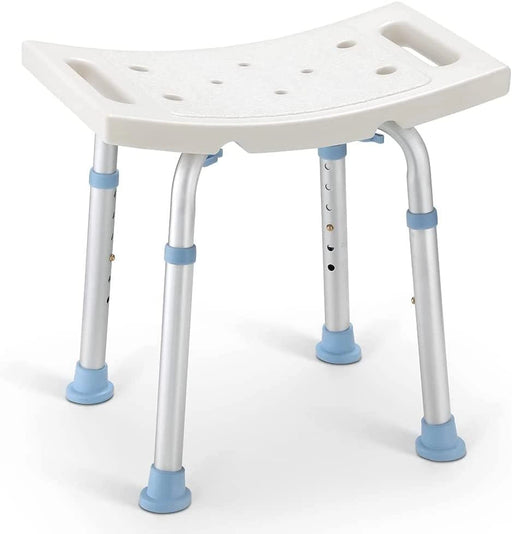 Sale
Sale
Standard - 300LBS Capacity Shower Stool
Original price $51.99From Original price $28.99Original price $51.99Current price $28.99From $28.99Current price $28.99OasisSpace Medical Square Shower Stool for Bathtub OasisSpace Square Shower Stool for Bathtub is approved as the highest standard(FDA) for medical...
View full detailsSaleOriginal price $51.99From Original price $28.99Original price $51.99Current price $28.99From $28.99Current price $28.99 -
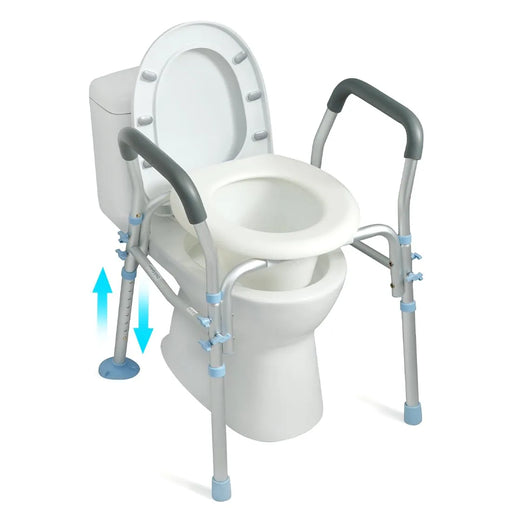 Sale
Sale
300LBS Capacity Raised Toilet Seat with Arms
Original price $120.99From Original price $69.99Original price $120.99Current price $69.99From $69.99Current price $69.99OasisSpace Raised Toilet Seat with Arms - Safe and Convenient OasisSpace Raised Toilet Seat with Arms provides stable support for users to sit dow...
View full detailsSaleOriginal price $120.99From Original price $69.99Original price $120.99Current price $69.99From $69.99Current price $69.99 -
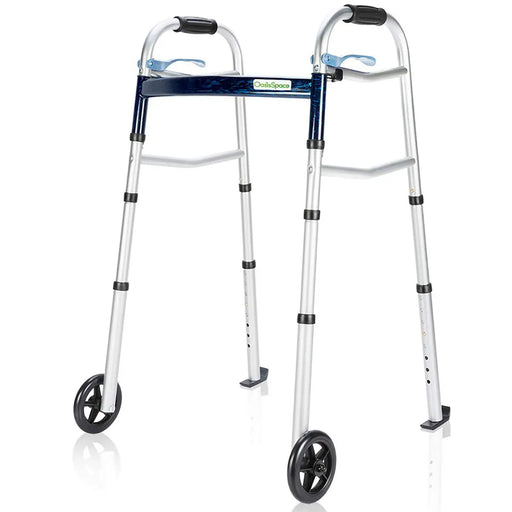
350LBS Capacity 2 Wheel Walker
From Original price $39.99Original price$39.99From $39.99Current price $39.99Product Advantages OasisSpace's 350LBS Capacity walker offers a fusion of lightweight design and sturdy support, crafted from high-grade anodized ...
View full detailsFrom Original price $39.99Original price$39.99From $39.99Current price $39.99 -
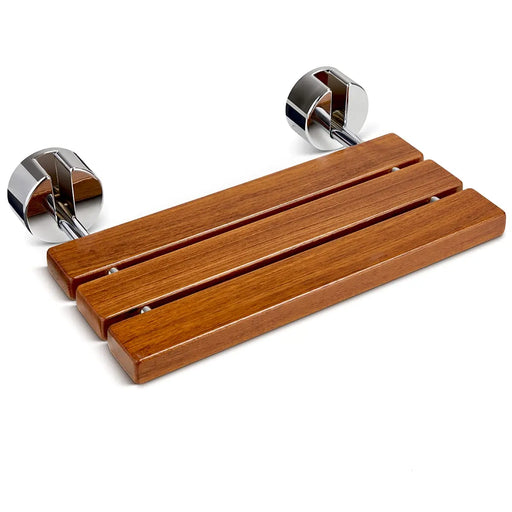
Wall Mounted - 400LBS Capacity Teak Folding Shower Seat
From Original price $131.99Original price$131.99From $131.99Current price $131.99Advantages OasisSpace Teak Wall-Mounted Shower Seat adopts a folding design, which can save space to the greatest extent and can be folded up at a...
View full detailsFrom Original price $131.99Original price$131.99From $131.99Current price $131.99 -
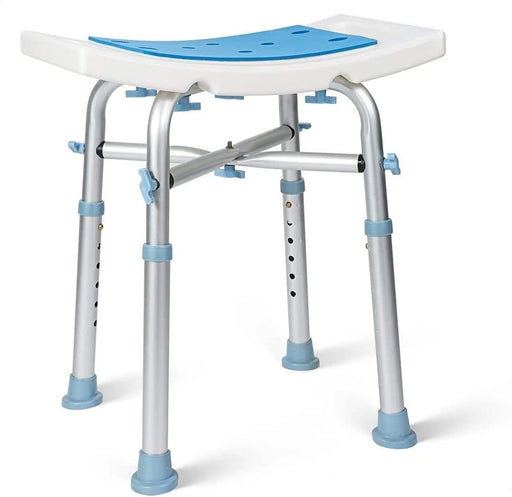 Sale
Sale
Padded & Bariatric - 500LBS Capacity Heavy Duty Shower Stool
Original price $57.99From Original price $36.99Original price $57.99Current price $36.99From $36.99Current price $36.99OasisSpace Medical Heavy Duty Bariatric Shower Stool OasisSpace Medical Heavy Duty Bariatric Shower Stool is approved by the FDA, which is the hig...
View full detailsSaleOriginal price $57.99From Original price $36.99Original price $57.99Current price $36.99From $36.99Current price $36.99 -
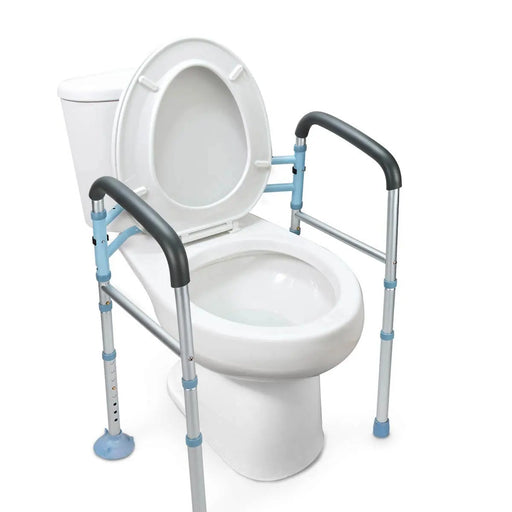 Sale
Sale
300LBS Capacity Stand Alone Toilet Safety Rail
Original price $69.99From Original price $44.99Original price $69.99Current price $44.99From $44.99Current price $44.99OasisSpace Toilet Safety Rails - Fit Any Toilet OaisSpace stand-alone toilet safety rails provide sturdy support for the elderly and people with ...
View full detailsSaleOriginal price $69.99From Original price $44.99Original price $69.99Current price $44.99From $44.99Current price $44.99







